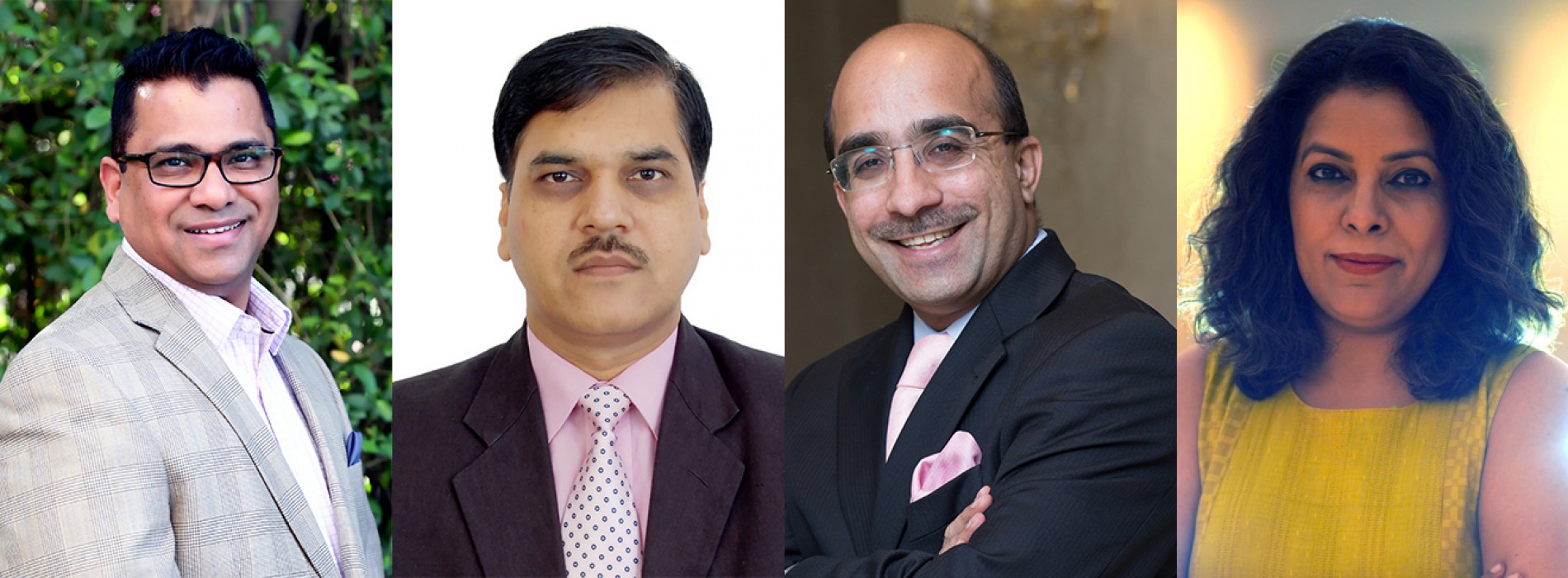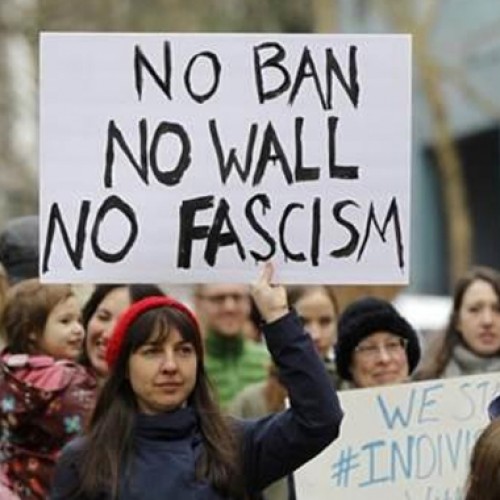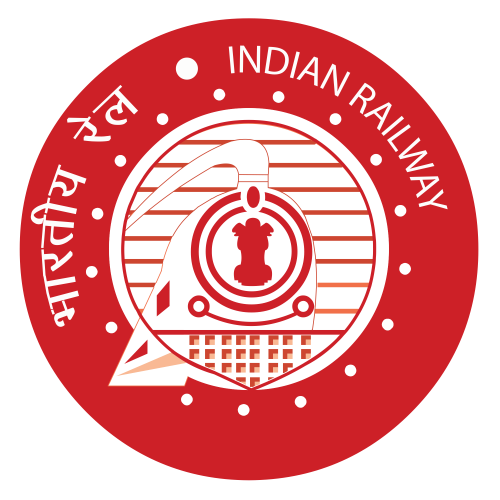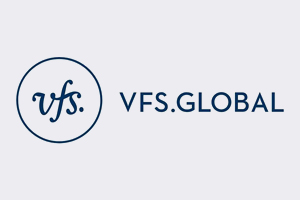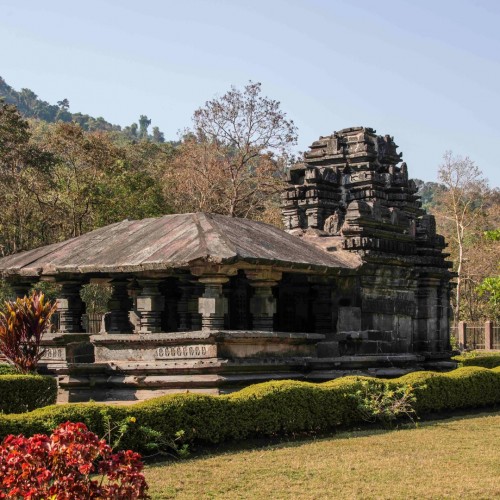Time to bet on MICE
By Prem Kumar
MICE (Meetings, Incentives, Conventions and Exhibitions), just like tourism, has been hit severely by the pandemic. The plight of India’s nascent MICE sector is no different. “It has been an unprecedented time for the entire MICE industry. The pandemic has severely impacted tourism, of which, the MICE suffered worst. All MICE events were stopped in their tracks; all MICE businesses were lost. The result is that the industry is having ZERO billing since March. With huge cash crunch, the survival of the whole industry is at stake,” said Amaresh Tiwari, Vice Chairman, Indian Convention Promotion Bureau (ICPB).
Although the world is still reeling under the pandemic, most economic activities including tourism have resumed. Vaccination drives by countries give hopes that MICE tourism will also recommence soon. Foreseeing an early recovery, Tiwari says, “I am strongly convinced that the physical MICE events will bounce back. We all are human beings, so can’t live long without physical interaction.” According to him, return to normalcy is taking time; as stakeholders are examining the ROI from both virtual and physical events. The early resumption of MICE will help the country’s battered tourism sector recover fast, thus saving lakhs of jobs. It is time for MICE stakeholders to plan for the post-COVID world. Being the biggest stakeholder, it is incumbent upon the government to lead the industry in their revival efforts.
It is an indisputable fact that the MICE sector is full of possibility. That’s why many countries are promoting it aggressively by developing state-of-the-art venues along with fitting and finest accommodations and other facilities. Some countries realised its value early on and accorded it high priority. Malaysia, Singapore, Thailand and Hong Kong are among the Asian countries having a thriving MICE Sector. India, with its vast potential, must emulate these countries to become a leading MICE destination. Today, focusing on MICE and other forms of tourism has become more important for the economy.
India’s MICE prowess
Over the years, India has made some progress towards becoming a leading MICE destination by building world-class convention and exhibition centres and hotels. Cities such as Delhi, Mumbai, Bangalore, Hyderabad, Chennai, Kolkata, and Ahmedabad are reasonably equipped for hosting small to mid-size conventions, conferences, meetings and exhibitions. Roads and air-connectivity are better now. Two new world-class exhibition centres, India International Convention & Expo Centre, Dwarka in Delhi, and Jio World Centre in BKC area, Mumbai, are coming soon. “With these two world-class exhibition centres to be launched in the coming years, India is gearing up to compete with the best in the world,” said Rohit Chopra, Accor’s Regional Director for Sales & Distribution in India & South Asia. Besides, the on-going redevelopment of Delhi’s Pragati Maidan as a world-class Integrated Exhibition-cum-Convention Centre (IECC) will further boost India’s MICE calibre.
But, the country still has miles to go. Recently ICCA ranked India at 28th globally and 7th position in the Asia Pacific.
Gaps do exist
Recent augmentation of MICE infrastructure notwithstanding, India lacks the kind of MICE eco-system many leading MICE destinations offer. Infrastructure is still wanting inadequate for large-size events. “Over the years, India hosted a number of global events. While we have some state-of-the-art meetings and exhibition venues, the existing infrastructure is not enough,” said Pallavi Mehra, Group Director of Informa Markets in India. She suggests that India needs to focus on developing business and budget hotels in metros where the big venues are commissioned. According to Mehra, though very important, it’s not just venues, but the overall experience and story around the entire destination that count and attract congresses, conventions, exhibitions and other events. Calling for synergy among MICE stakeholders to enhance the overall destination appeal, Mehra said that stakeholders need to come together, develop a long-term vision and collaborate.”
One key concern is that most Indian cities have no direct air-link with the overseas markets. The quality of roads mostly remains poor. Participants expect a hassle-free visit, not multiple transit points or bumpy roads. To position their states as MICE destinations, states need to improve their transport infrastructure.
To become competitive, India needs to bridge all its gaps and matches its competitors in offering overall experiences. “India can be an amazing MICE destination provided we bridge all existing gaps that impede our MICE journey,” said Rajeev Kohli, Joint MD of Creative Travel.
Enhancing competitiveness
MICE is a highly competitive, globalized business. Destinations compete globally by offering world-class facilities, lower-tax and other incentives, but India is unable to compete because of its high tax that results in higher pricing. To become competitive, the pricing should be attractive. Noting that India’s GST is among the highest in the world, Tiwari says, to revive MICE, GST for MICE events should immediately be reduced to 12% and then to below 10%. Kohli also favours cut in GST. He says that the Government should take a short-term hit and reduce GST for business events to boost India’s MICE appeal,
Globally, top MICE destinations have attractive incentive programmes to attract meeting planners. India also needs to offer incentives to be competitive. In this regard, ICPB has recommended the Government to create an ‘India MICE Fund’ and under this, launch an ‘India MICE Advantage Programme’, ‘MICE Ambassador Programme’, Subvention Scheme, etc.
India’s MICE pricing should not only be competitive but also transparent and predictable. “Hotels should be conscious of competitiveness; not increase rates or put special conditions every time a meeting group comes in,” says Kohli. “We have to be competitive, especially with countries like Thailand, Hong Kong, Singapore, Dubai and Abu Dhabi, which are our direct competitors,” says Kohli.
Aiming 2.5% of the pie
MICE sector has a direct correlation with the GDP, says Tiwari. Considering its GDP, India is way behind in the global MICE business. Presently, the global MICE industry is estimated to be more than $800 billons in which India’s share is less than 1%. “In line with our share in the world’s GDP, our first goal post- pandemic should be to double our share to 2.5% of the world MICE business in next 5 years, and then doubling it further over medium-term,” said Tiwari. He added that in the ICCA rankings, our goal should be to be among the top 10 countries. “We should also aim to benchmark our cities to the top global MICE cities. Currently, we have only one city in the top 100 ranks. Our goal should be to have at least three Indian cities in the top 100 MICE cities in the next five years and six cities in the top 100 cities in the medium to long term.”
Marketing & other measures
Effective and sustained marketing is imperative to become a global MICE destination, but here too, India’s performance has been disappointing. While all MICE related issues need solutions, the immediate priority should be marketing. “For making India a credible MICE destination, the government must create brand awareness about India globally and do what will make India a choice destination. As of now, India doesn’t figure in the top five destinations,” says Kohli, adding, “In the next three years, the Government should do nothing but branding India as MICE powerhouse through sustained brand-building and MICE campaigns.” He noted that at the moment, India doesn’t have any MICE-focused marketing strategy; everything is clubbed under the Incredible India brand. As a result, the country is losing out on the MICE business. Kohli suggested that the country should give up its old approach, clubbing everything under ‘Incredible India’. “MICE, a vast segment itself, should be marketed separately as many countries do,” he added.
A dedicated agency is needed to market MICE tourism. Our MICE markets should be expanded. Big hotel chains should be encouraged to promote India’s MICE. The Government should increase marketing budgets for this, says Chopra of Accor.
For marketing states as MICE destinations, state tourism boards should work with travel consultants. “State tourism boards along with travel consultants should identify their target markets; include them in their tour programs and promotions. State tourism and hotels should work as one team and invest in MICE promotional campaigns,” suggests Chopra. He also feels that state tourism should play an important role in the stimulation of existing and new markets. Calling for joint promotions, he said that the MoT, state tourism boards and private partners should jointly create a campaign to send a message across the world that India is a safe destination. For example, Accor has initiated the ‘Welcome Back Program’ with airlines such as Vistara and IndiGo, inviting their clients for familiarisation trips. “These trips help us showcase our services and the hygiene and safety norms followed by our hotels and airline partners,” informed Chopra. Today, hotels need to emphasize more on social distancing, hygiene, and sanitation.
To create immediate buzz, “The MoT along with ICPB should make some bold statements like launching champion sector scheme, creating MICE bidding funds with ICPB, reforming MDA scheme and creating MICE sub-brands as part of Incredible India 2.0,” suggested Tiwari.
Post-Covid, marketing should start at the earliest to revive MICE. As conventions and conferences are planned well in advance, stakeholders should immediately start marketing to attract post-COVID events. In this critical time, the government should prepare the MICE sector for new challenges, new opportunities and for its early revival. As Mehra says, Post-Covid, safety and security would be the key concern; “Therefore, we would first need to build confidence among our internal stakeholders before we expect the world to consider us.”
Remove caps on attendees
Under the latest government’s guidelines, the number of participants in an event is limited to 50% of the space capacity of the venue with a maximum limit of 50 or 200 depending on local governments’ norms. This underlines the utility and effect of meetings “The current limit on attendees should be replaced and venues should be allowed to conduct events as per their capacity with necessary physical distancing and safety norms,” suggested Chopra. According to him, new-age tech support should be utilized to host hybrid meetings, streaming meetings live to all those who could not attend physically. Agencies must ensure that all medical parameters are shared with end-clients well in advance before selling the packages. Post-Covid, crisis management should be an integral aspect of MICE event planning, according to Tiwari.
Tap domestic market
Now is time to tap India’s growing domestic market for MICE. Indian companies should be encouraged to host their events domestically. “In the post-Covid era, we need to incentivise Indian corporates to undertake domestic MICE. Corporates going abroad to hold events should be encouraged to conduct their events domestically,” suggests Tiwari, adding that Indian companies undertaking MICE events in India should be offered a 200% weighted income tax expense benefit. “We need to enable IGST for our hotels which will complete the end-to-end GST chain. Companies holding MICE events in states other than their state of registration should get GST set-offs,” said Tiwari.
Conclusion
India needs to close all the gaps to position itself as a competitive MICE destination. It has to gear up to compete with the best in the world. The MoT in consultation with the industry and states should formulate a long-term action plan to promote MICE tourism. Starting a high-decibel marketing campaign exclusively for MICE should be the first step to revive MICE tourism post-pandemic. The message should go across the globe that India is safe and ready to host all kinds of business events. Some incentive like a reduction in GST rates and increased benefits under Service Export from India Scheme (SEIS) will help India compete for global MICE businesses, and stimulate the devastated industry. Hotels and other service providers need to be transparent and reasonable. The growth of MICE will create millions of jobs in the country, reducing huge unemployment. The current time should also be utilised to reassess our MICE prowess and redefine vision and strategies to place India firmly on the global MICE map.
—-
You might also like
SOTC uses technology to streamline sales process by introducing new sales app “Engage”
The advances in mobile technology have revolutionized the way we live and the way we do business and the world of travel is no exception. Travel technology is increasingly being
Indian techies welcome in Canada after Trump ban
Indian-origin tech leaders in Canada say the controversial visa and travel restrictions imposed by US President Donald Trump+ will be a boon for tech recruitment and investment in Canada. “This provides
Railways cancels almost 30 trains between June 15 to July 26
The move is aimed at improving the infrastructure of the railways. As many as 30 trains have been cancelled. The Indian Railways has imposed a 42-day Railway Traffic Block from

